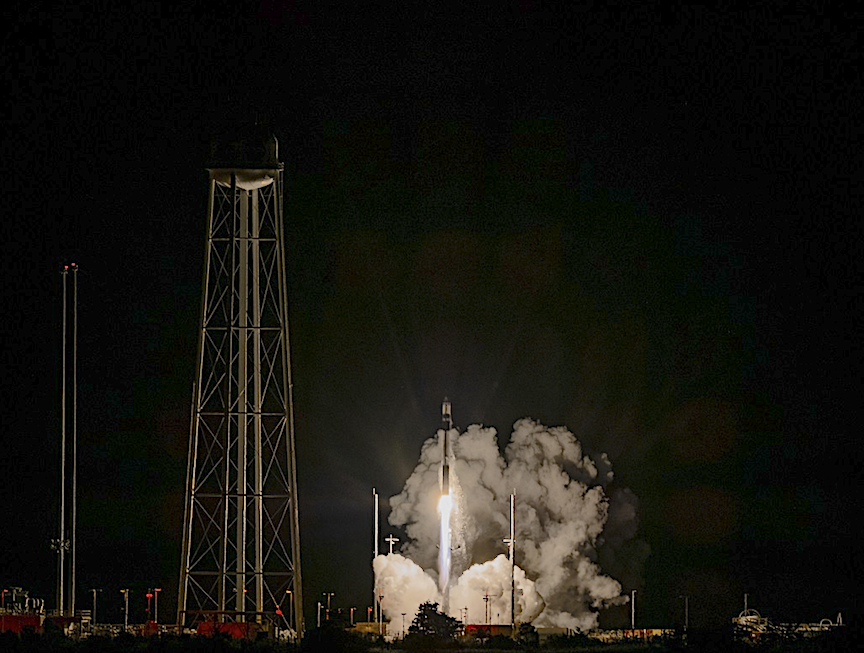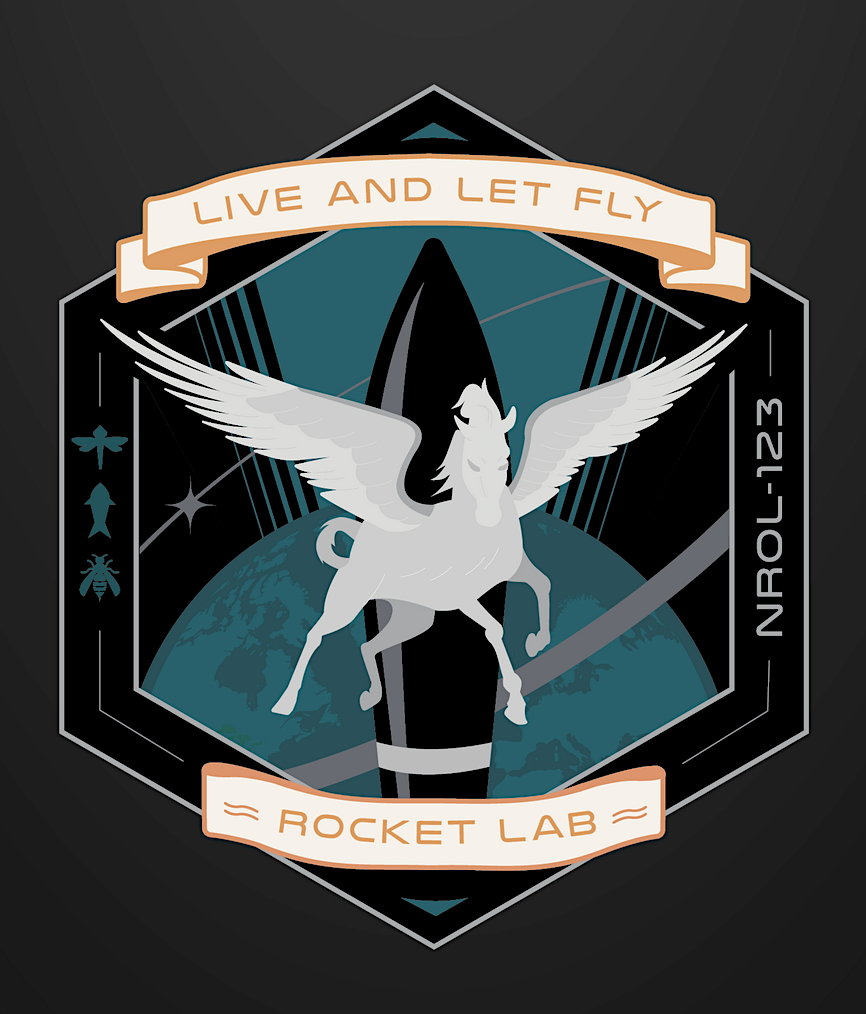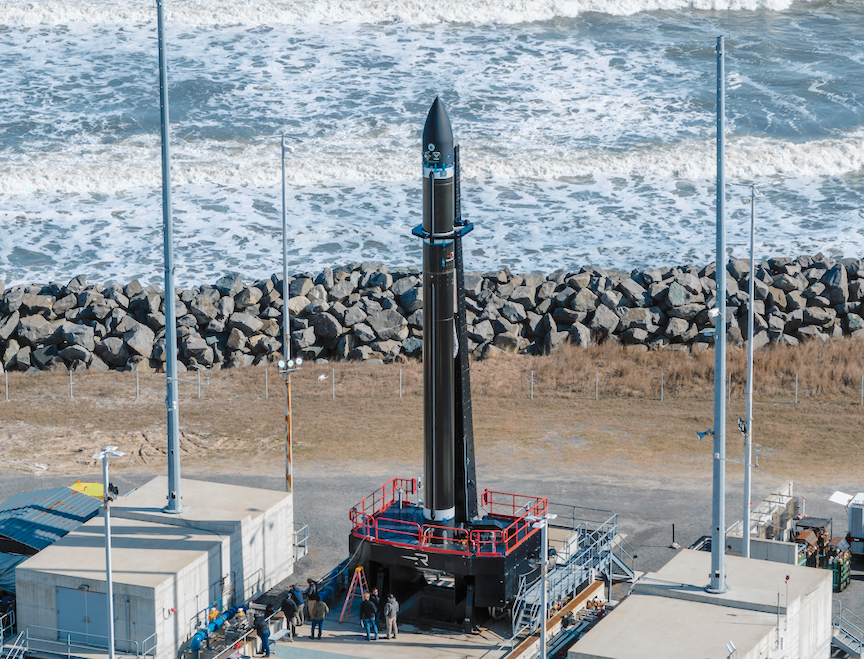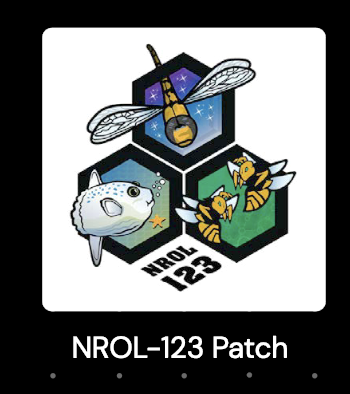
Rocket Lab USA, Inc. (Nasdaq: RKLB) (“Rocket Lab” or “the Company”), a global leader in launch services and space systems, today successfully launched a dedicated mission for the National Reconnaissance Office (NRO) from Launch Complex 2 in Wallops, Virginia.

The NROL-123 mission, called ‘Live and Let Fly’, was launched on a Rocket Lab Electron launch vehicle at 03:25 EDT on March 21, 2024. The mission was Rocket Lab’s first launch for the NRO from the United States after previously launching four NRO missions from Launch Complex 1 on New Zealand’s Mahia Peninsula. It was also Rocket Lab’s 4th mission from Launch Complex 2 within Virginia Spaceport Authority’s Mid-Atlantic Regional Spaceport and the NASA Wallops Flight Facility in Virginia.
“We are proud to once again deliver mission success for the NRO on Electron,” said Rocket Lab founder and CEO, Peter Beck. “The NRO have placed their trust in Rocket Lab since our first launch together in 2020 and it’s an honor to continue delivering dedicated access to orbit for national security missions, this time from the other side of the planet. The RASR contract process is an innovative, forward-leaning approach from the NRO that has allowed the agency to capitalize on the speed and responsiveness of commercial launch services and we’re thrilled to make it possible with Electron.”

The launch service was acquired using NRO’s Rapid Acquisition of a Small Rocket (RASR) contract. RASR enables the NRO to explore new opportunities for launching small satellites through a streamlined, commercial approach. NRO missions provide critical information to more than a half-million government users, including every member of the Intelligence Community, two dozen domestic agencies, the military, lawmakers, and decision makers.
The mission was Rocket Lab’s fourth launch of 2024 and 46th Electron launch overall.
While the company is also developing a larger launch vehicle called Neutron, this mission like all of the others used a NROL-123 Electron, a two-stage, 59-foot-tall (18 meters) rocket that gives small satellites dedicated rides to space. (, but it has yet to fly.)
Representatives during the launch webcast said NROL-123 sent up three research missions.
The NRO awarded Rocket Lab the NROL-123 mission via a Rapid Acquisition of a Small Rocket (RASR) contract and Rocket Lab officials added, “RASR enables the NRO to explore new opportunities for launching small satellites through a streamlined, commercial approach.”
Rocket Lab’s Thursday ‘Live and Let Fly’ mission is first launch for NRO

Rocket Lab is ramping up for a launch Thursday, March 21 at 2:40 am from Launch Complex 2, NASA Wallops Flight Facility at Virginia Spaceport Authority’s Mid-Atlantic Regional Spaceport, Wallops, Virginia. This will be the first launch for the NRO from the United States after previously launching four NRO missions from Launch Complex 1 on New Zealand’s Mahia Peninsula.
- EDT | 02:40 am (21 March)
- PDT | 11:40 pm (20 March)
- UTC | 06:40 am (21 March)
- NZDT | 7:40 pm (21 March)
The NROL-123 mission, called ‘Live and Let Fly’, also designated NROL-123, will be Rocket Lab’s first launch for the NRO from the United States after previously launching four NRO missions from Launch Complex 1 on New Zealand’s Mahia Peninsula. It will be Rocket Lab’s 4th mission from Launch Complex 2, a dedicated pad for the Electron rocket located at Virginia Spaceport Authority’s Mid-Atlantic Regional Spaceport within the NASA Wallops Flight Facility in Virginia.
The mission will be Rocket Lab’s 4th launch this year and 46th Electron launch overall. Rocket Lab will not be attempting to recover Electron’s first stage during this mission. A live webcast will be available approximately 30 minutes prior lift-off on launch day www.rocketlabusa.com/live-stream

The ‘Live and Let Fly’ launch service was acquired using NRO’s Rapid Acquisition of a Small Rocket (RASR) contract. RASR enables the NRO to explore new opportunities for launching small satellites through a streamlined, commercial approach. NRO missions provide critical information to more than a half-million government users, including every member of the Intelligence Community, two dozen domestic agencies, the military, lawmakers, and decision makers.
The Pegasus represents speed, strength, and artistic inspiration. Encompassing beauty and a sense of majesty, it is a guide for humankind beyond the physical world to the realm where the spirit can soar without limit. The pegasus is also a nod to the ponies of Chincoteague. Wasps, Fish and DragonFly have been included to reference the NROL 123 Patch
